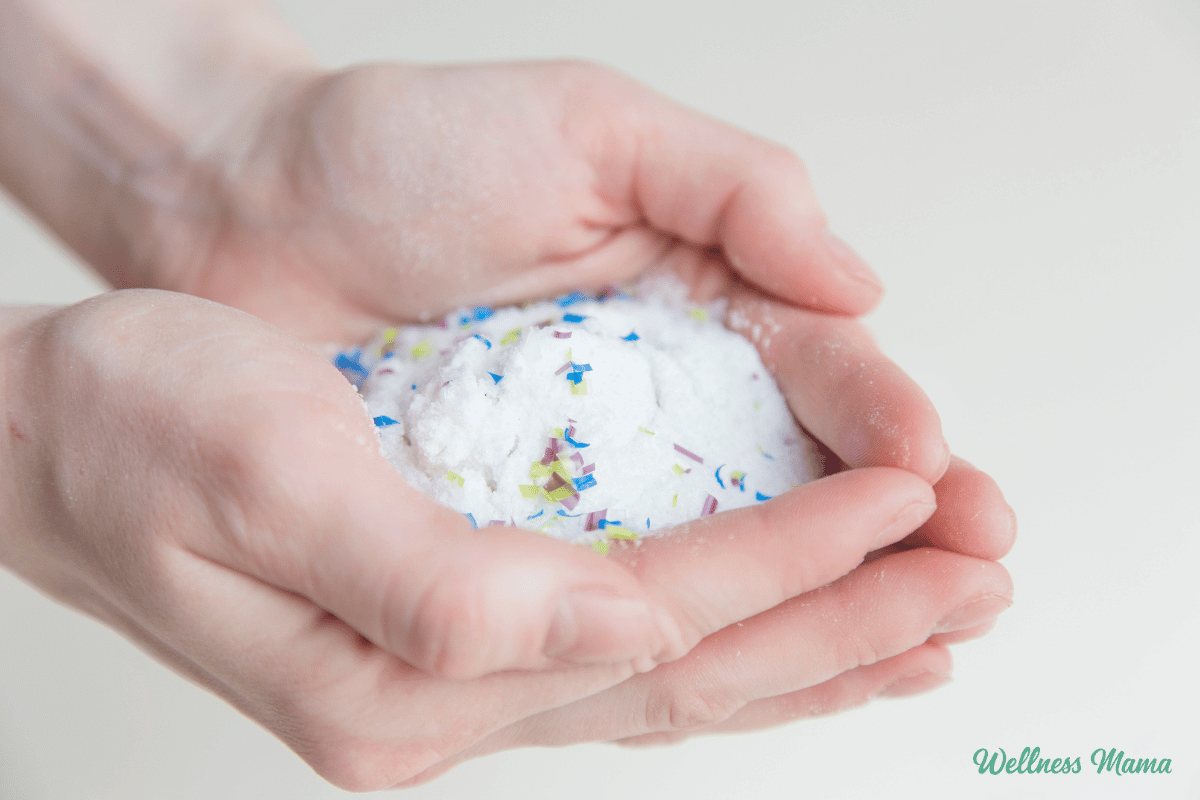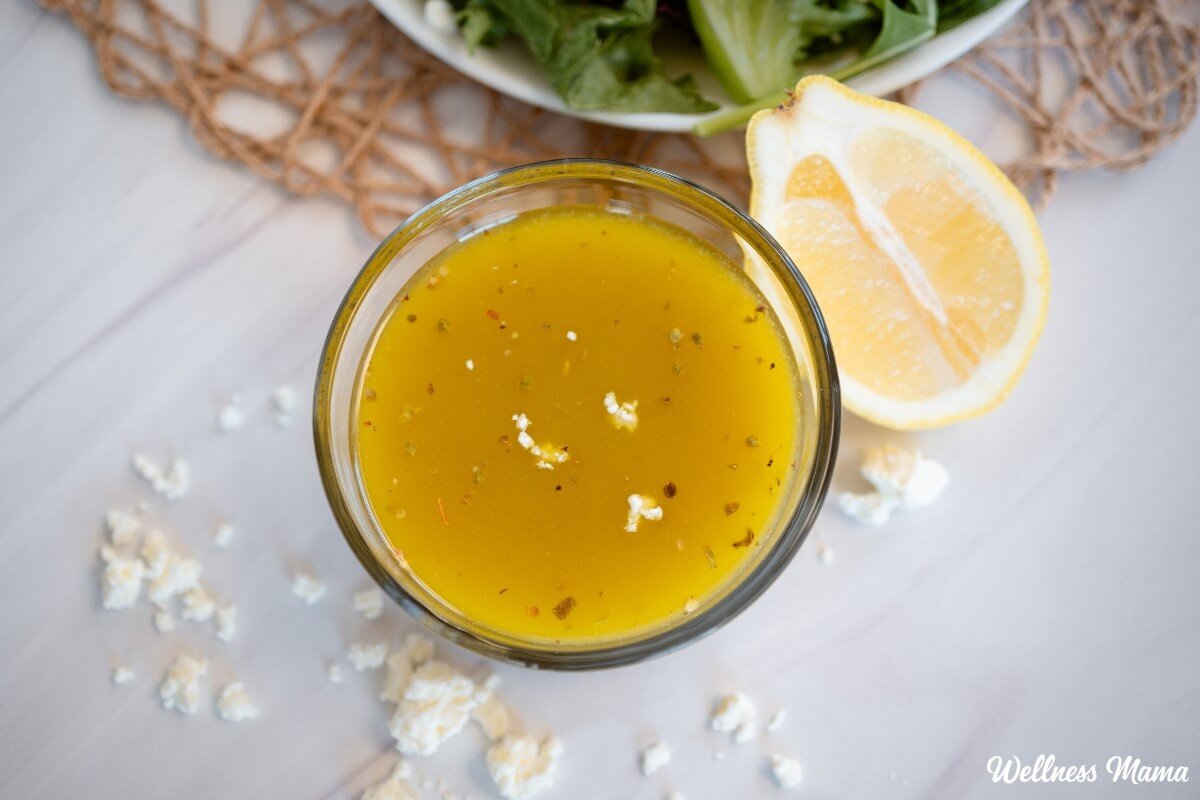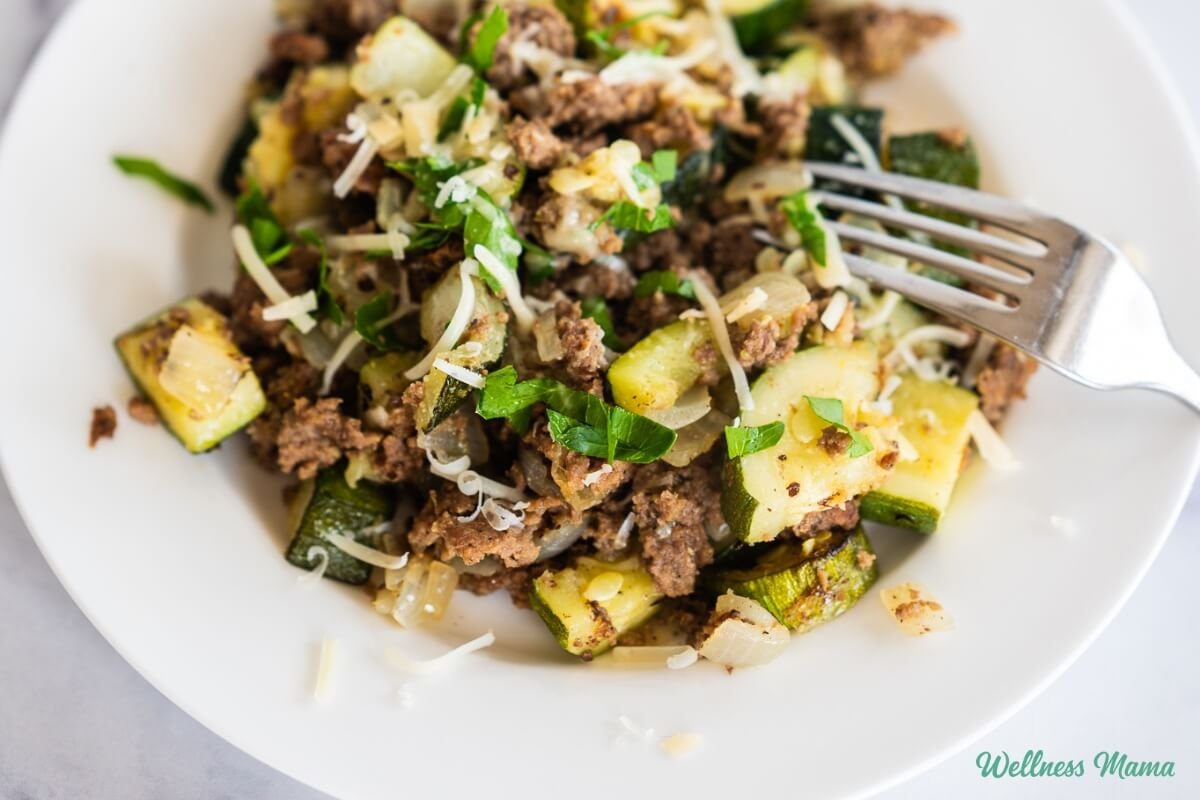There’s an abundance of dietary guidance available, with some experts labeling entire categories of food as harmful. Vegans typically avoid animal products, whereas those following carnivore diets steer clear of grains and legumes. Despite this, leafy greens are generally applauded. But is consuming more leafy greens always beneficial?
Not always. Substances known as oxalates present in leafy greens and other foods might require us to moderate our intake.
Understanding Oxalates
Oxalates, or oxalic acid, are naturally occurring substances found in many plants and are also generated as byproducts in the human body. Our bodies can create them from excess vitamin C, specific amino acids like glycine and hydroxyproline, and glyoxylic acid.
Plants produce oxalates and alkaloids to deter predators and protect against viruses and bacteria. Consuming foods high in oxalates or those that are rich in oxalate precursors can raise our oxalate levels.
Typically, the human body absorbs only a small percentage (2-5%) of dietary oxalates when consumed as part of a meal. However, this absorption rate can increase to about 12% when high-oxalate foods or drinks are consumed on an empty stomach.
Most oxalates are expelled through the kidneys in urine. However, when oxalate levels become excessive for the kidneys to manage, they may form crystals, potentially leading to kidney stones or other complications if they accumulate in tissue.
The Significance of Oxalates in Foods
The effect of oxalates is influenced by how they bind in foods. In vegetables, they often attach to minerals like calcium. The proportion of minerals to oxalates in these foods affects how troublesome the oxalates can be.
Certain conditions can increase oxalate absorption. For individuals with impaired fat absorption, fat can bind to calcium, making more free oxalates available for absorption. Thus, these individuals may absorb over 30% of the oxalates they consume.
Those especially at risk include individuals with:
- Irritable bowel syndrome (IBS)
- Inflammatory Bowel Disease (IBD – including Crohn’s and Colitis)
- Celiac disease
- Short bowel syndrome
- Those who have undergone bariatric surgery
- Those on medications that inhibit fat absorption, such as Orlistat (Alli)
However, only around 20% of the body’s oxalate comes from food. The remainder can originate from various other sources.
Health Issues Associated with High Oxalate Levels
While harmless in small quantities, excess oxalate can be harmful, especially if not adequately broken down and eliminated. Here are potential consequences of high oxalate levels:
Kidney Stones
Oxalates formed within the body or absorbed from food can join with minerals to create oxalate crystals. These, in turn, can combine with calcium salts to form calcium oxalate kidney stones. Approximately 80% of kidney stones consist of calcium oxalate.
Nutrient Deficiencies
Leafy greens are generally mineral-rich; however, these minerals often bind to oxalates, diminishing their bioavailability. Similar to phytates, free oxalates are antinutrients that bind with minerals, decreasing their absorption. Due to its negative charge, oxalate binds with positively charged minerals like calcium, magnesium, and iron.
Ingested oxalate can trap these minerals in the gut, leading to their excretion instead of absorption and utilization by the body. A calcium deficit may lead to osteopenia and osteoporosis, whereas a lack of iron can result in anemia.
However, when paired with calcium, oxalates are less likely to interfere with the body’s mineral absorption from foods.
Pain and UTI-Like Symptoms
Although high oxalates may not directly result in kidney stones, oxalate crystals in any part of the urinary tract can cause issues. In some women, this can cause vulvodynia or vulvar pain. Approximately one in four women with vulvodynia report significant symptom improvement on a low-oxalate diet.
Increased oxalates in urine can also cause urinary tract infections (UTIs), resulting in frequent urination, bladder discomfort, and an urgent need to urinate. Women with recurring UTIs often exhibit high urine oxalate levels. Antibiotics, which may deplete healthy bacteria, can also lead to UTIs.
Potential Toxicity from High Levels
A few case studies suggest that ingesting 4-5 grams of oxalate may be lethal for adults. One such instance involves a 56-year-old man who developed kidney failure after consuming 16 glasses of black tea daily over several years. In another case, a man died after consuming 500 grams of sorrel in soup form (containing 6-8 grams of oxalate) in one meal. Although it’s difficult to determine whether oxalates or other ingredients caused these fatalities, it’s something to consider.
Possible Links to Other Diseases
Oxalates may play a role in conditions beyond the urinary tract. Dr. Isabella Wentz hypothesizes that oxalates may contribute to hypothyroidism in certain individuals. They might also be linked to joint pain, systemic pain, and depression.
In experimental settings, oxalate injections have caused breast cancer in mice, and oxalate calcium salts have been identified in breast cancer cells.
Foods High in Oxalates
Several types of leafy greens, tubers, seeds, and even chocolate contain high oxalate levels. The ratio of oxalate to calcium is crucial in assessing their health impacts. Many leafy greens are rich in oxalates while being low in calcium. Below is the oxalate-to-calcium ratio for common foods (per 100 g):
- Spinach: 890-1100 mg oxalates, ~ 4-5:1 ratio
- Rhubarb: 275-1336 mg oxalates, ~ 8-9:1 ratio
- Purslane: 910-1679 mg oxalates, ~ 5:1 ratio
- Beet greens: 300-450 mg oxalates, ~ 2.5:1 ratio
Many tubers and seeds also have high oxalate levels, such as:
- Beetroot: 121-450 mg oxalates, ~ 5:1 ratio
- Taro: 278-574 mg oxalates, ~ 10-20:1 ratio
- Sweet potatoes: 470 mg oxalates, ~ 30:1 ratio
- Sesame seeds: 350-1750 mg oxalates, ~ 0.3-2:1 ratio
- Cacao: 500-800 mg oxalates, ~ 4-6:1 ratio
Experts recommend that sensitive individuals avoid foods with more than 50 mg of oxalate per 100 grams. Additional high-oxalate foods to avoid include collards, okra, corn grits, wheat germ, soybeans, blackberries, and oranges.
Advantages of Consuming High Oxalate Foods
Despite their potential risks, high-oxalate foods can also offer health benefits when consumed in moderation.
Stimulating Hormesis
Small amounts of substances like oxalates can trigger hormesis, where mild stress stimulates healing and fortification. This process is similar to how lifting weights can initially damage muscles but ultimately make them stronger. Consuming some oxalates may activate the body’s defense mechanisms and improve resilience.
Supplying Essential Nutrients
High-oxalate foods like spinach, sweet potatoes, and cacao are abundant in essential vitamins and minerals. For instance, spinach is a great source of vitamin K, folate, and iron. Sweet potatoes offer beta-carotene, which is converted into vitamin A by the body. Cacao is rich in magnesium, iron, and flavonoids.
Nuts and seeds provide omega-3s and monounsaturated fats, while beets offer nitrates. These nutrients support bone health, vision, cardiovascular health, and immunity.
Offering Antioxidant Benefits
Many high-oxalate foods are loaded with antioxidants that combat free radicals. Spinach and beet greens have lutein and zeaxanthin for eye protection, while cacao’s flavonoids may reduce blood pressure and promote heart health. Raspberries and blackberries contain vitamin C and anthocyanins for immune support.
Providing Fiber and Resistant Starch
Seeds, legumes, and tubers like taro and sweet potatoes contain dietary fiber crucial for gut health. Taro root offers resistant starch, which nourishes beneficial gut bacteria and aids metabolism.
Potential for Cancer Risk Reduction
Some high-oxalate foods contain compounds that may lower cancer risk. For example, cruciferous vegetables like kale have glucosinolates, which exhibit anticancer properties, while rhubarb contains anthraquinones known to reduce inflammation and may help combat cancer.
Should You Consider a Low Oxalate Diet?
Most individuals can consume high-oxalate foods in moderation without issue. However, people with certain conditions might benefit from a low-oxalate diet:
- Kidney stone disease
- Vulva pain (vulvodynia) or pain during intercourse
- Frequent urination
- Frequent UTIs
- Joint pain
- Hypothyroidism
- Mineral deficiencies (such as calcium or iron, leading to osteopenia, osteoporosis, or iron deficiency anemia)
Additionally, individuals with digestive issues impacting fat absorption should monitor their oxalate intake, especially if they notice floating stool or fat in their stool.
If you’re concerned about high oxalate levels, consider consulting your healthcare provider for testing. Organic acid tests, available through services like Genova or Mosaic, often include urinary oxalate levels.
Embracing a low oxalate diet could help manage your levels if you’re sensitive. Many people experience significant symptom relief when adopting a low-oxalate diet. If you have oxalate overload symptoms, avoiding high-oxalate greens like spinach may be beneficial. Some choose a Carnivore Diet to reduce oxalate intake and facilitate the release of stored oxalates from tissues.
Other Factors That Can Increase Body Oxalate Levels
Besides leafy greens, chocolate, and other high-oxalate foods, additional factors can contribute to oxalate levels, such as:
- Yeast overgrowth, as some yeast types produce oxalates in the body.
- Genetic conditions that enhance oxalate production or hinder oxalate breakdown, like primary hyperoxaluria and cystic fibrosis.
- Decreased oxalate-degrading gut bacteria (oxalobacter formigenes).
- Dehydration, which raises urinary oxalate levels, increasing kidney stone risks.
- Vitamin C supplements, which can convert to oxalates in the body.
- A diet low in minerals like calcium, magnesium, and iron that bind oxalate in the intestines, preventing absorption.
A vegetarian diet may pose an increased risk for oxalate issues, especially among women, who naturally require higher dietary calcium.
Vegetables Low in Oxalates
Consider the following vegetables if you’re aiming for a low-oxalate diet:
- Arugula
- Broccoli
- Brussels sprouts
- Cabbage
- Cauliflower
- Cucumbers (peeled)
- Summer squash
- Turnips (roots)
- Zucchini
Medium-oxalate vegetables can be consumed in moderation, such as leeks and parsnips. Lentils are low-oxalate legumes that can be used as alternatives to higher oxalate beans in soups.
Methods to Lower Oxalate Levels
It’s possible to reduce oxalates in your diet without cutting out entire food groups. Consider these strategies:
- Cook Your Greens: Boiling high-oxalate leafy greens can substantially lower oxalate levels as they seep into the water, which is then discarded.
- Soak and Sprout: Soaking, sprouting, or blanching grains, nuts, and seeds can decrease oxalates.
- Add Fermentation: Fermentation helps lower oxalates, such as in sourdough, which is lower in oxalates than regular bread.
- Soak and Boil Legumes: Adding lemon juice or vinegar while soaking legumes and cooking them thoroughly also helps.
- Pair Oxalates with Calcium: Consuming calcium-rich foods alongside oxalate-rich ones reduces oxalate absorption in the gut, for example, yogurt with oatmeal or cheese with nuts. Avoid calcium supplements.
- Stay Hydrated: Drinking sufficient water helps dilute oxalates in urine, reducing kidney stone and disease risks.
If modifying your diet doesn’t suffice, potassium citrate supplements can help. Citrates increase urinary citrate levels and may prevent kidney stones.
Reflections on Oxalates
Foods high in oxalates are generally nutrient-dense and make tasty side dishes. If you’re healthy, your body likely only absorbs a small oxalate amount from food, which shouldn’t pose a problem. In such cases, enjoy leafy greens, wild greens, teas, and chocolate in moderation.
Have you adjusted your diet to limit oxalates? Have you experienced health improvements as a result? Share your experiences with us!

















Leave a Reply